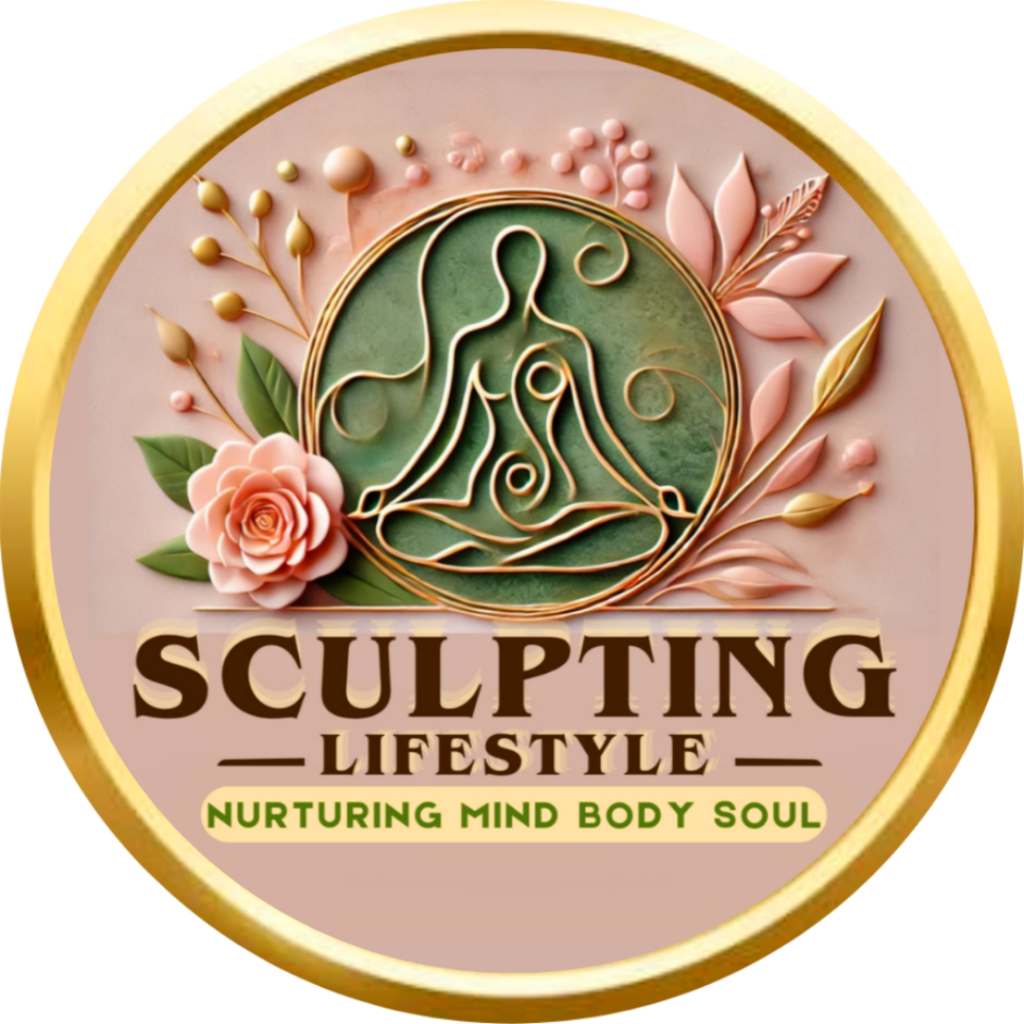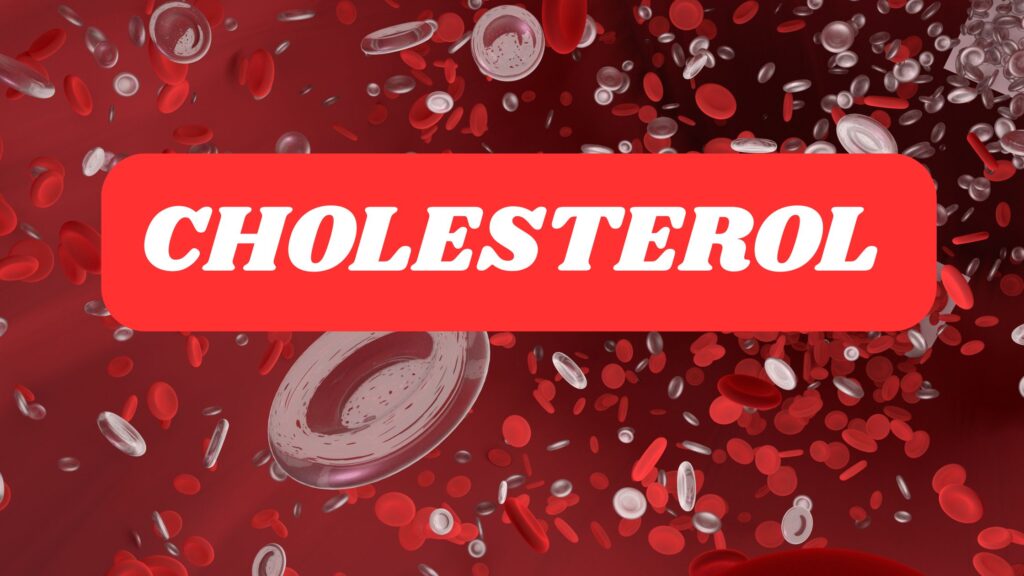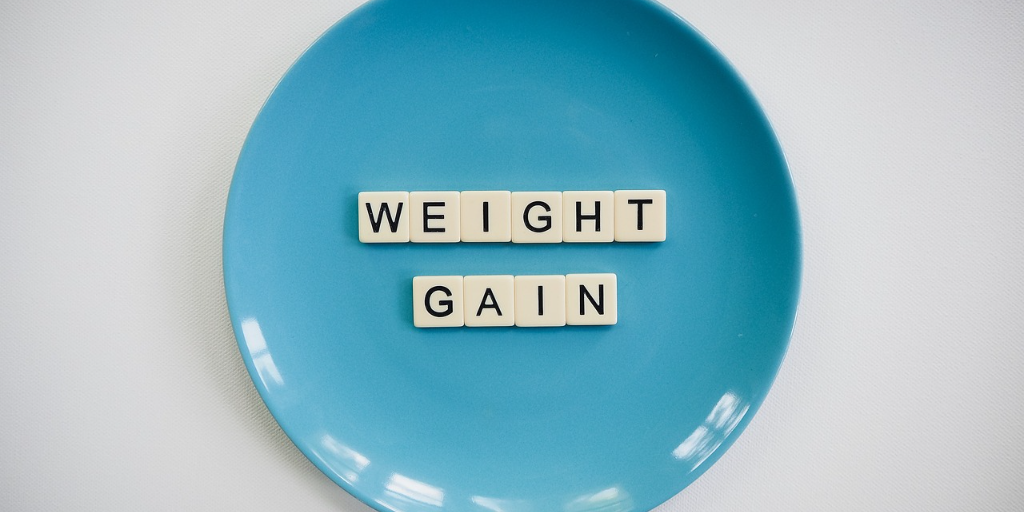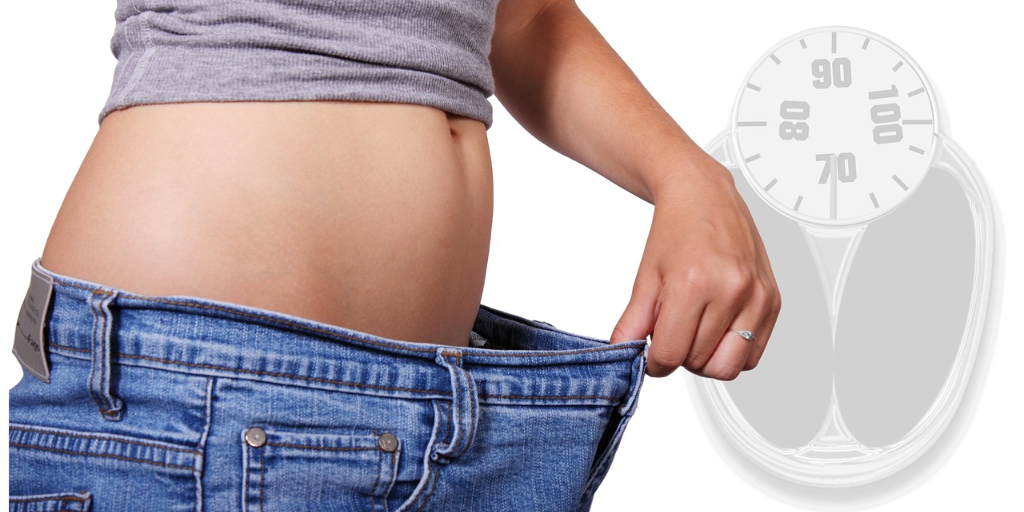When we hear the word cholesterol, most of us immediately think of heart attacks, blocked arteries, and lifelong medication. But cholesterol isn’t the villain it’s often made out to be. It plays a vital role in our body’s functioning—from building cells to producing hormones. The real problem lies in its imbalance. To protect your heart, you need to understand the different types of cholesterol, including the often-overlooked VLDL, and how to manage them naturally.
What is Cholesterol?
Cholesterol is a waxy, fat-like substance made by your liver and also obtained from certain foods, particularly those high in saturated or trans fats. It is essential for forming cell membranes, producing vitamin D, and synthesizing hormones like estrogen, testosterone, and cortisol.
However, because it doesn’t dissolve in blood, cholesterol travels through the bloodstream attached to proteins called lipoproteins. These are classified based on their density: LDL, HDL, and VLDL being the most important.
Types of Cholesterol: LDL, HDL, and VLDL
1. LDL (Low-Density Lipoprotein) – “Bad” Cholesterol
LDL carries cholesterol to your arteries. If too much of it circulates in the blood, it can stick to artery walls, forming plaque. This buildup narrows arteries and raises the risk of heart disease and stroke.
2. HDL (High-Density Lipoprotein) – “Good” Cholesterol
HDL carries excess cholesterol back to the liver where it’s broken down and removed. Higher HDL levels help reduce heart disease risk, acting like a cleaning crew for your blood vessels.
3. VLDL (Very Low-Density Lipoprotein) – The Often-Ignored Culprit
VLDL is another type of “bad” cholesterol, closely related to LDL. It mainly carries triglycerides—a form of fat—from the liver to other parts of the body. When there’s too much VLDL, it contributes to the formation of plaque in the arteries just like LDL.
The difference? While LDL is rich in cholesterol, VLDL is rich in triglycerides. High levels of VLDL usually indicate an unhealthy lifestyle and are strongly associated with increased heart disease risk and metabolic disorders.
Why Cholesterol Balance Matters
Unbalanced cholesterol levels can silently damage your health. There are no symptoms of high cholesterol—it often shows up only after a serious event like a heart attack. That’s why it’s called a “silent killer.” Risks of uncontrolled cholesterol include:
-
Coronary artery disease
-
Heart attack or stroke
-
Fatty liver disease
-
High blood pressure
-
Type 2 diabetes complications
Causes of High Cholesterol
Several factors can contribute to unhealthy cholesterol levels:
- Unhealthy diet: High intake of saturated fats (found in red meat, butter, full-fat dairy) and trans fats (in fried and processed foods) raise LDL and VLDL levels.
- Lack of physical activity: A sedentary lifestyle lowers HDL and increases LDL/VLDL.
- Excess sugar and alcohol: These increase triglyceride levels, which means higher VLDL
- Smoking: Damages blood vessels and lowers HDL.
- Obesity: Increases LDL and triglycerides while reducing HDL. Especially fat around the belly.
- Genetics: Some people inherit familial hypercholesterolemia, a condition that causes very high LDL levels.
- Hormones, Age and gender: Cholesterol levels tend to rise with age; after menopause, women’s LDL levels may increase. Conditions like hypothyroidism also may affect cholesterol levels.
Natural Ways to Manage Cholesterol and VLDL
You don’t always need medication. Most people can manage their cholesterol and VLDL with a few consistent lifestyle changes.
1. Eat a Heart-Friendly Diet
- Increase soluble fiber: Oats, flaxseeds, legumes, and psyllium help reduce LDL and VLDL.
- Eat healthy fats: Use olive oil, avocado, and nuts. Include omega-3 rich foods like walnuts and chia seeds.
- Avoid trans fats and excess sugar: Check food labels for hydrogenated oils and high fructose corn syrup.
- Eat Whole Grains Instead of Refined Carbs: Include Brown rice, millets (ragi, bajra, jowar), Whole wheat roti, Quinoa etc.
- Avoid Refined and Processed Items: Avoid White rice, maida-based bread/pasta, instant noodles, biscuits, rusks etc.
- Add Plant Sterols and Stanols Add Fortified foods, Nuts and seeds (moderate amounts) and Soy products. 2 grams/day of plant sterols can lower LDL by up to 10%.
- Eat More Fruits and Vegetables They are naturally cholesterol-free and rich in antioxidants, fiber, and phytochemicals. Carrots, spinach, beetroot, lauki, bhindi, Apples, berries, oranges, papaya, pomegranate etc are good choices. Try to have 4–5 servings of vegetables and 2–3 servings of fruits daily.
2. Move More, Sit Less
30–45 minutes of exercise daily (brisk walking, swimming, cycling) raises HDL and lowers LDL and VLDL by burning triglycerides.
3. Cut Down on Alcohol and Sugar
High alcohol and sugar intake increase triglycerides, which in turn raises VLDL. Limiting these helps your liver manage fat better.
4. Maintain a Healthy Weight
Even a 5–10% weight loss can significantly improve your cholesterol and triglyceride levels.
5. Quit Smoking
Smoking reduces HDL and increases LDL. Quitting reverses much of the damage and lowers heart disease risk within months.
6. Sleep on Time
Take good amount of sound and deep sleep, it helps in relaxing body and maintaining hormones which may increase LDL/VLDL.
7. Control Stress Hormones
When you’re under stress, your body releases stress hormones — cortisol and adrenaline. These hormones trigger a fight-or-flight response which Increases blood sugar and free fatty acids, which the liver may convert into VLDL and LDL cholesterol.
How and When to Get Tested
A lipid profile test is the standard way to assess your cholesterol and triglyceride levels. It usually includes:
- Total cholesterol
- LDL
- HDL
- Triglycerides (used to estimate VLDL)
Adults should get tested every year once, or more frequently if they have risk factors like diabetes, obesity, or family history.
Cholesterol Reference Ranges (mg/dL)
| Type | Optimal / Normal Range |
|---|---|
| Total Cholesterol | Less than 200 mg/dL |
| LDL (Bad Cholesterol) | Less than 100 mg/dL (Optimal) 100–129 mg/dL (Near optimal) 130–159 mg/dL (Borderline high) 160–189 mg/dL (High) 190+ mg/dL (Very high) |
| HDL (Good Cholesterol) | 60 mg/dL or higher (Protective) Less than 40 mg/dL (Men) = Risk Less than 50 mg/dL (Women) = Risk |
| Triglycerides | Less than 150 mg/dL (Normal) 150–199 mg/dL (Borderline high) 200–499 mg/dL (High) 500+ mg/dL (Very high) |
| VLDL (Very-Low Density Lipoprotein) | 5 to 30 mg/dL (Normal) Over 30 may indicate high triglycerides and increased heart risk |
Ideal Ratios (Optional but insightful)
-
Total Cholesterol / HDL: Less than 5:1 (Ideal is around 3.5:1)
-
LDL / HDL: Less than 3.5:1
Note: These values can slightly vary depending on the lab and country-specific guidelines. For people with diabetes, heart disease, or other risk factors, doctors may recommend even lower target values, especially for LDL.
Final Thoughts
Cholesterol isn’t your enemy—it’s a vital part of your body’s functioning. The real issue is imbalance, especially when lifestyle and diet swing heavily toward unhealthy patterns. The good news is that many cases of high cholesterol are preventable and reversible with natural choices and regular check-ups.
Remember, your heart doesn’t need you to be perfect. It just needs consistency, care, and attention. Begin small. Eat a fiber-rich breakfast. Walk after dinner. Replace chips with nuts. Over time, these habits become your body’s best defense against unhealthy cholesterol levels.



